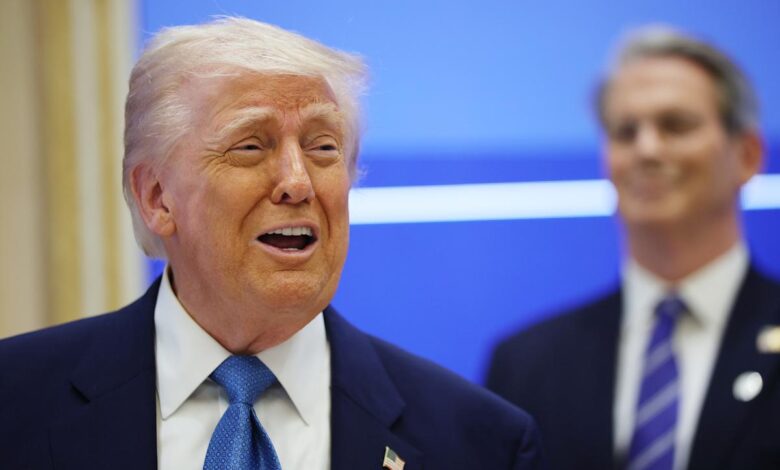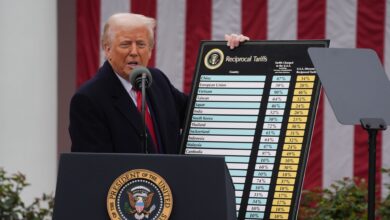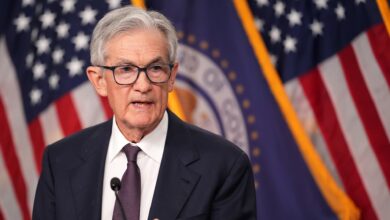Surging yields are spooking investors. One strategist sees Trump administration as ‘bond vigilant.’

Long-term Treasury yields have been on the rise in recent weeks, driven by concerns surrounding US debt as President Trump’s tax legislation moves forward in Congress. This increase in yields has sparked worries about the impact on the economy and the administration’s ability to manage the deficit.
The situation took a turn for the worse when a Manhattan-based trade court struck down a significant portion of Trump’s tariffs, adding to the uncertainty surrounding the government’s fiscal policies. Goldman Sachs estimated that the tariffs could have generated nearly $200 billion annually, roughly equivalent to the deficit increase expected from the fiscal package.
Following this news, yields initially rose before slightly falling the next day. The 10-year Treasury yield hovered around 4.43%, while the 30-year yield traded at approximately 4.94%. As bond markets reacted to these developments, investors began to question the administration’s approach to managing long-term borrowing costs.
According to Tim High, a senior rates strategist at BNP Paribas, the Trump administration is closely monitoring long-term rates and actively working to control them. This vigilance is essential as higher yields can impact consumer borrowing costs, such as mortgage rates, and hinder economic growth.
To address these concerns, the administration is considering various options, including easing bank capital rules to encourage more investment in Treasurys and adjusting the government’s debt issuance strategy to mitigate upward pressure on long-term rates. By taking these steps, the administration aims to shape the bond market and ensure that long-term rates remain stable.
BNP Paribas does not anticipate a significant surge in yields in the near future. Despite concerns about inflation and the Fed’s monetary policy, the bank expects 10-year yields to remain relatively stable through the third quarter, with a slight decline by year-end. The bank forecasts the 10-year yield to end the year at around 4.25% and does not foresee any rate cuts from the Fed.
Overall, the administration’s focus on long-term borrowing costs reflects a broader understanding of the importance of maintaining stable rates for economic growth. By actively monitoring and managing long-term yields, the administration aims to support the economy and ensure that future policy actions have the desired impact.





